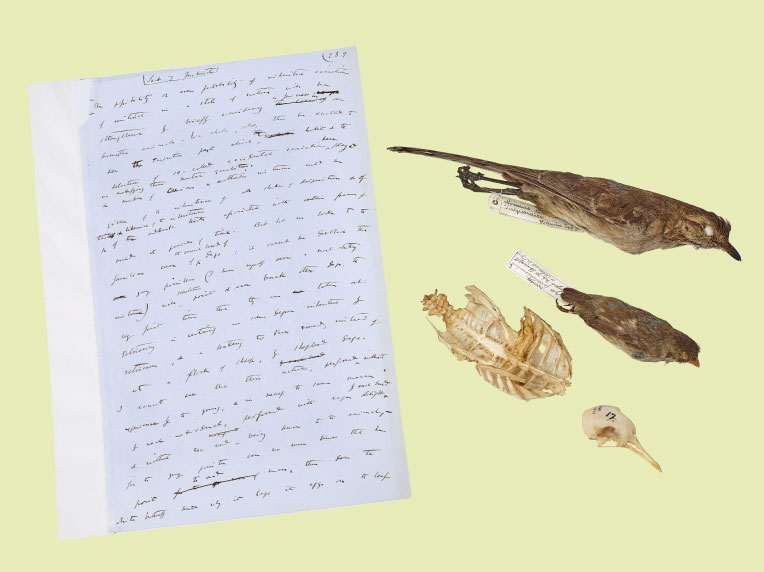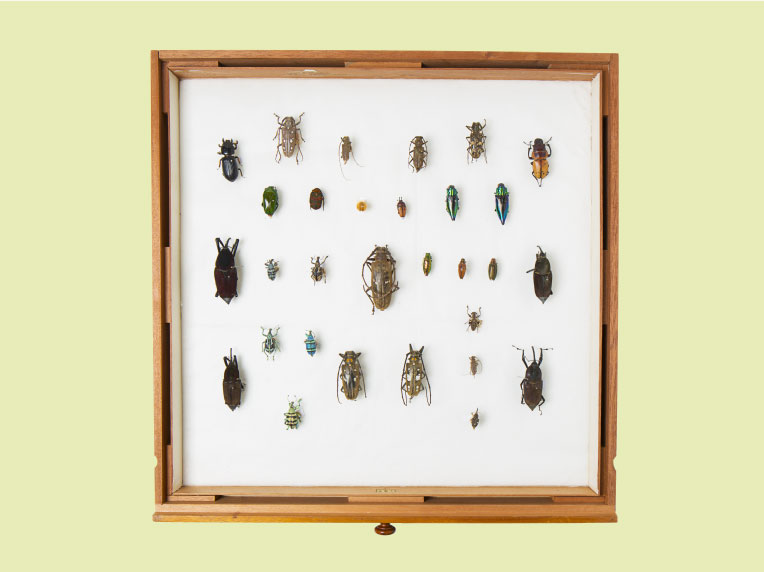參觀第二展區,了解當中一些無價寶如何啟發科學家揭開地球的迷題。 過去三個世紀,不少夢想家提出並建立了許多科學原則,以理解自然界的規律。這些人提出疑問、擴闊視野,而且挑戰科學家對我們所處的地球及當中的生命所下的定義及理解。
此展區展出了達爾文的著作《物種起源》(On the Origin of Species) 的手稿,這是現今史上最具影響力的著作之一。

On the Origin of Species is one of the most influential books ever written. This draft page, handwritten by Charles Darwin, comes from the chapter on instinct. Darwin finally published his book in 1859 after refining his ideas for 20 years. He knew it would be controversial to suggest that species evolved gradually and naturally, without the intervention of a divine authority, but the first edition was instantly sold out.


Singapore, Malaysia and Indonesia
While Alfred Russel Wallace was exploring the Molucca islands in Indonesia, he first formulated the concept of natural selection, the same mechanism that Charles Darwin had realised was key to evolution. One of Wallace’s inspirations was the incredible range of beetles he found in the region – 83,200 of which he collected. Here are just a few from his findings in the Malay Archipelago, now Singapore, Malaysia and Indonesia.

A heavyweight thinker and distinguished comparative anatomist, Sir Richard Owen was well-known for his strong views and regular clashes with colleagues. He used his immense skill to identify extinct creatures and was the first person to name and describe dinosaurs, he was also credited as describing in detail the dodo bird.

